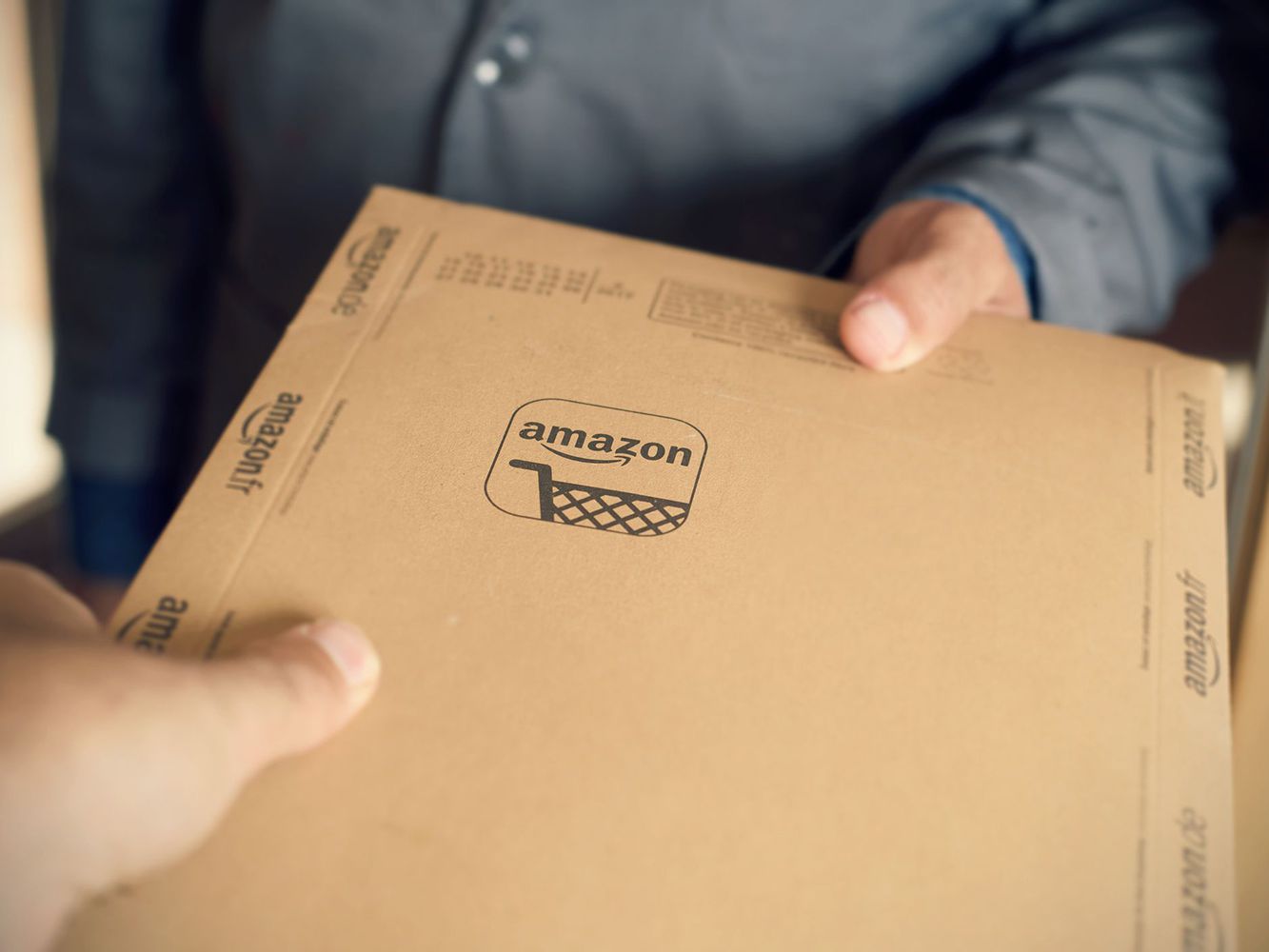How to sell on amazon without inventory?
Is there no inventory? Do you have a small amount of money? How can you grow a six-figure business? You’re either talking about a digital product or a con. You’d be mistaken on both counts if they were your first thoughts when you read the title. Of course, it goes without saying that starting a business necessitates financial resources. However, the days when having a large sum of money in your bank account was the only option to start or construct something of your own are long gone. Modern technology has ushered forth a new era of possibilities. Even if we can’t immediately afford to invest thousands of dollars, the e-commerce industry offers folks like you and me a variety of possibilities for starting a business. Dropshipping is one of them. This makes it easy to sell on amazon without inventory.
What is the definition of dropshipping?
Dropshipping is a business idea that allows anyone to lock in earnings while only requiring a little financial return. So, if you’ve always wanted to establish a private label business but don’t have the funds to do so, dropshipping can be a terrific way to start accumulating some of that capital. What is the definition of dropshipping? What a great question! Dropshipping is a business idea that allows anyone to lock in earnings while only requiring a little financial return. So, if you’ve always wanted to establish a private label business but don’t have the funds to do so, dropshipping can be a terrific way to start accumulating some of that capital.
This is how the dropshipping model works:
- You select a product and a vendor.
- Create a listing for that product that includes a margin and drive traffic to it.
- After you’ve submitted the customer’s shipping information, your supplier ships the merchandise straight to any clients you’ve converted.
You might use the dropshipping approach to provide products to customers who visit your online storefront on a marketplace like Amazon without needing to keep inventory on hand. You’re utilizing the power of a third-party supplier (whether it’s a retailer, distribution centre, or factory) to provide buyers with the things they require. It would be your alone responsibility to drive traffic to your listing. When a potential buyer makes a purchase, you provide the customer’s order and shipping information to the manufacturer, retailer, or wholesaler, who will either fulfill the order or “drop ship” the product to the customer.
Final thoughts
Purchasing wholesale is purchasing a big quantity of things at a reduced cost directly from the manufacturer. The objective is to select dependable suppliers with whom you can establish long-term partnerships in order to maintain a consistent supply and demand for your clients. Rather than having large orders delivered to your home or business, you can have them shipped to an Amazon fulfillment centre and held there, where all logistics are handled.
It’s critical to use Amazon inventory management tools to track sales and estimate product popularity when utilising this strategy to make purchasing decisions. There are other online tools that can interact with your sales channels, such as Sellics.com, JungleScout.com, and InventoryLab.com, in addition to the built-in capabilities offered through Amazon FBA. Each of them allows you to view the balance of items coming in and out over a specific period of time.

